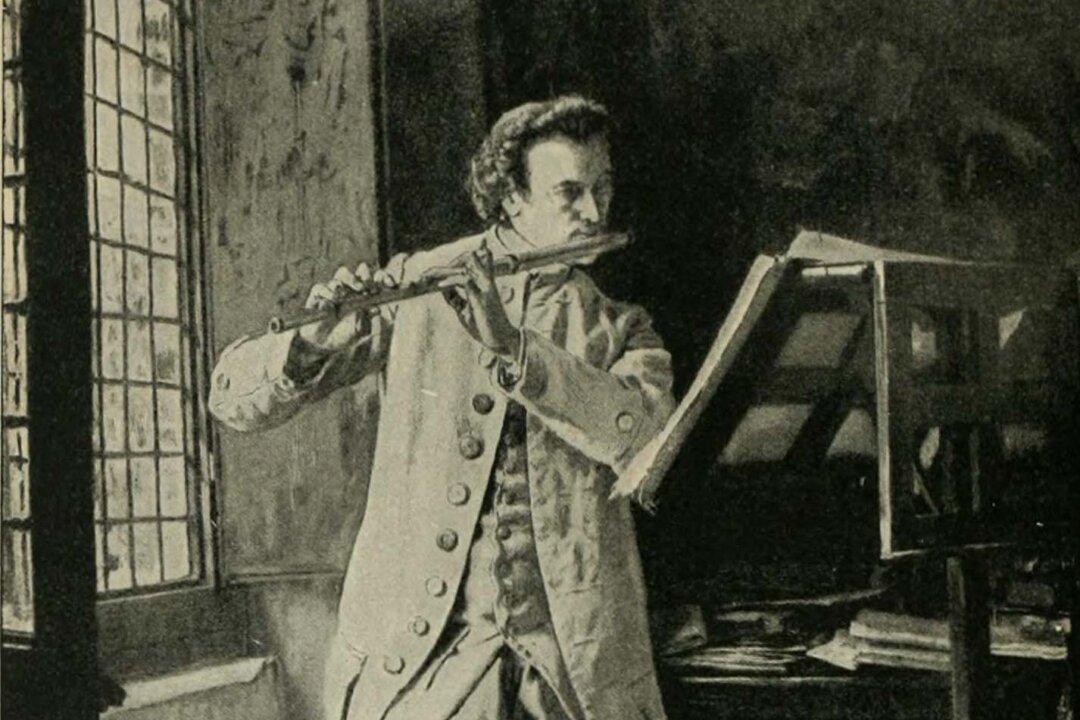During his lifetime, musician Timothy Olmsted (1759–1848) was a bandsman in the Continental Army, a composer of sacred music, a teacher, and a published author. His breadth of work and professional accomplishments helped give the fledgling country its own unique musical identity.
Through an exploration of his published works, we gain insight into the man responsible for so many of America’s earliest treasured songs and come to understand why his fans once honored him publicly with the impressive nickname, “Mozart of America.”





